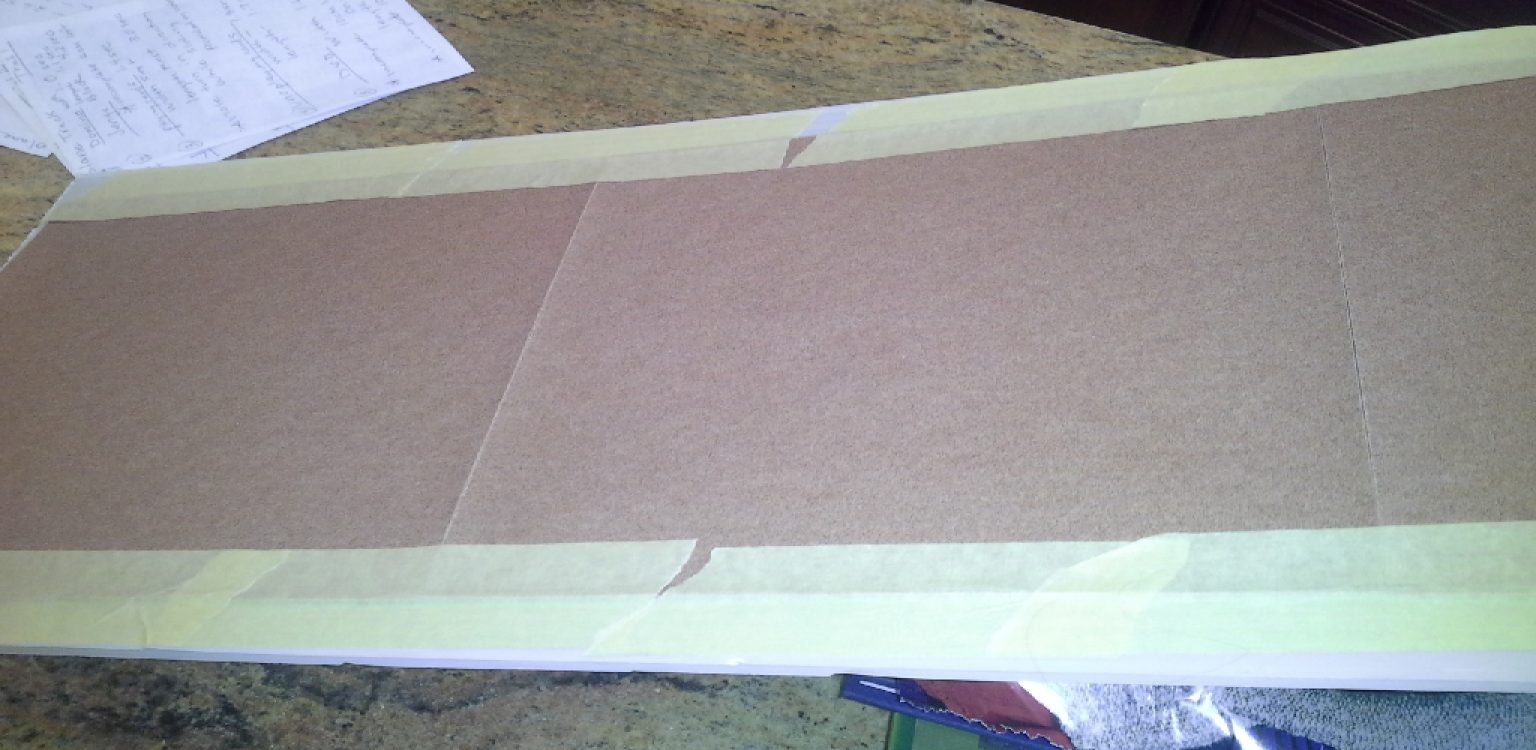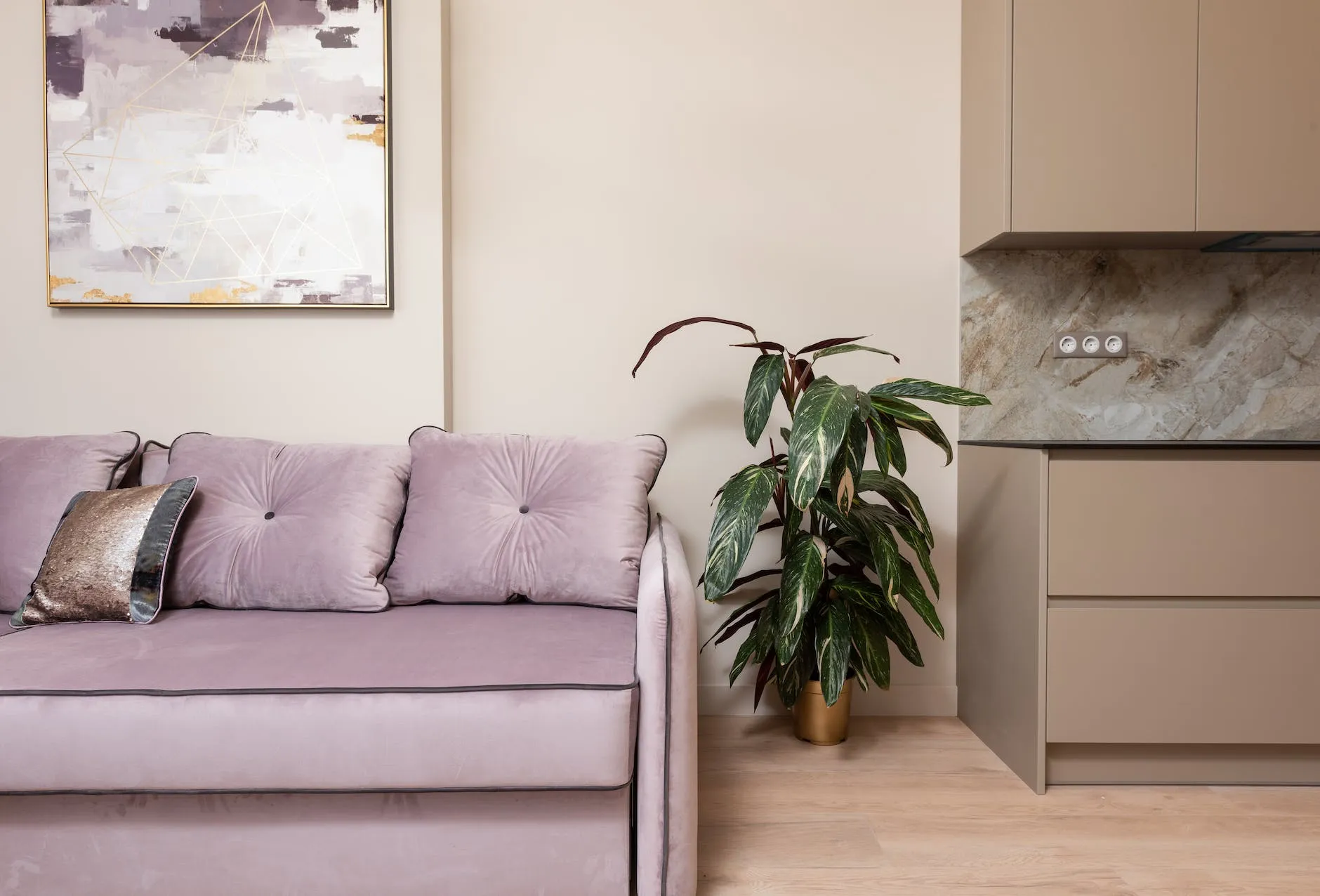Factors Influencing Sandpaper Choice for Cabinets: Best Grit Sandpaper For Cabinets

Choosing the right sandpaper for your cabinet project is crucial for achieving a smooth, professional finish. The type of wood, the finish you’re applying (paint, stain, or varnish), and the desired level of smoothness all play a significant role in selecting the appropriate grit. Ignoring these factors can lead to uneven surfaces, sanding through the finish, or a less-than-perfect final product.
Wood Type and Sandpaper Selection
Different wood species possess varying densities and grain structures. Hardwoods like maple and oak are denser and require more aggressive sanding initially, often starting with coarser grits to remove imperfections. Softer woods like pine or poplar, conversely, are more easily damaged by coarse sandpaper and may require a gentler approach with finer grits from the outset. The grain direction also matters; sanding with the grain minimizes scratches and tear-out, especially in softer woods. Ignoring the wood’s characteristics can lead to uneven sanding, leaving some areas rough while others are over-sanded. For example, you might start with 80-grit sandpaper on oak and progress to 120, 180, and 220, while pine might only need 120, 150, and 220.
Sandpaper Selection for Different Cabinet Finishes
The type of finish applied to your cabinets significantly impacts your sandpaper choices. Paint requires a different approach than stain or varnish. For painted cabinets, you typically start with a coarser grit (e.g., 120-grit) to level the surface and remove imperfections, gradually moving to finer grits (e.g., 220-grit and higher) for a smooth, flawless finish. Over-sanding painted surfaces can lead to sanding through the paint, exposing the underlying wood. With stain, the goal is to achieve a smooth surface that allows the stain to penetrate evenly. Therefore, you’ll use finer grits from the start, often beginning with 150-grit or higher to avoid removing too much wood. Varnish, similar to paint, may require a progression from coarser to finer grits to achieve a perfectly smooth and glossy finish. Using too coarse a grit on varnish can leave noticeable scratches.
Visual Representation of Surface Texture with Varying Sandpaper Grits, Best grit sandpaper for cabinets
Imagine a painted cabinet door. A section sanded with 80-grit sandpaper would show visible scratches and an uneven texture; the surface would feel rough to the touch. A section sanded with 120-grit would show fewer, less pronounced scratches, and the texture would be smoother. A section sanded with 220-grit would have a significantly smoother surface, with barely visible scratches, almost imperceptible to the touch. Finally, a section sanded with 320-grit or higher would appear almost perfectly smooth, with a glass-like finish; the surface would feel incredibly smooth and even. The difference in texture is readily apparent, progressing from a coarse, rough surface to an exceptionally smooth, almost polished finish as the grit increases. The image would clearly show the transition in surface texture from rough to smooth, demonstrating the impact of grit selection on the final finish.
Advanced Techniques and Troubleshooting

Sanding cabinets is more than just rubbing sandpaper back and forth; it’s a process requiring finesse and attention to detail. Mastering advanced techniques and knowing how to troubleshoot common problems will elevate your results from acceptable to truly professional. This section dives into expert tips and tricks to ensure a flawless finish.
Handling Challenging Areas
Corners and edges are notorious for being difficult to sand smoothly. The key is to use the right tools and techniques. Instead of applying pressure directly to the corner, use a sanding block wrapped in sandpaper, or even a sanding sponge, to gently feather the edges. For extremely tight corners, consider using a small, flexible sanding block or even a sanding stick. Work in the direction of the grain, making multiple light passes rather than one heavy one. This prevents gouges and ensures a consistent finish. Remember to frequently check your progress and change to finer grit sandpaper as needed. The goal is to create a smooth transition between the flat surfaces and the edges.
Troubleshooting Common Sanding Problems
Sanding problems are often preventable with careful attention to technique and tool selection. Scratches, for example, often result from using too much pressure or sanding against the grain. Always sand with the grain, using light, even pressure. If you do encounter scratches, try sanding with progressively finer grits to remove them. Uneven surfaces, on the other hand, can be caused by inconsistent sanding pressure or using worn-out sandpaper. Maintain consistent pressure throughout the sanding process and replace sandpaper when it becomes clogged or dull. Dust buildup can be minimized by using a shop vacuum or dust mask while sanding. Regularly cleaning the surface will prevent dust from clogging the sandpaper and creating a less-than-smooth finish. For stubborn dust, a tack cloth can be very effective.
Rewritten “Best Grit Sandpaper for Cabinets”
Forget the robotic, AI-generated lists. Choosing the right sandpaper grit for your cabinets is all about the desired finish. Start with a coarser grit (like 80-100 grit) to remove imperfections and level the surface. This initial sanding will take off any raised grain or previous finishes. Then, gradually move to finer grits (120, 150, 180, 220, and even higher depending on your needs). Each grit refines the previous work, creating a progressively smoother surface. The final grit will determine the smoothness of your final finish. Remember, always sand with the grain and use light pressure to avoid scratches and ensure an even surface. Don’t rush the process; patience is key to a professional-looking result. If you’re working with a particularly challenging surface, it might be worth experimenting with different grits and techniques to find what works best for your project.
